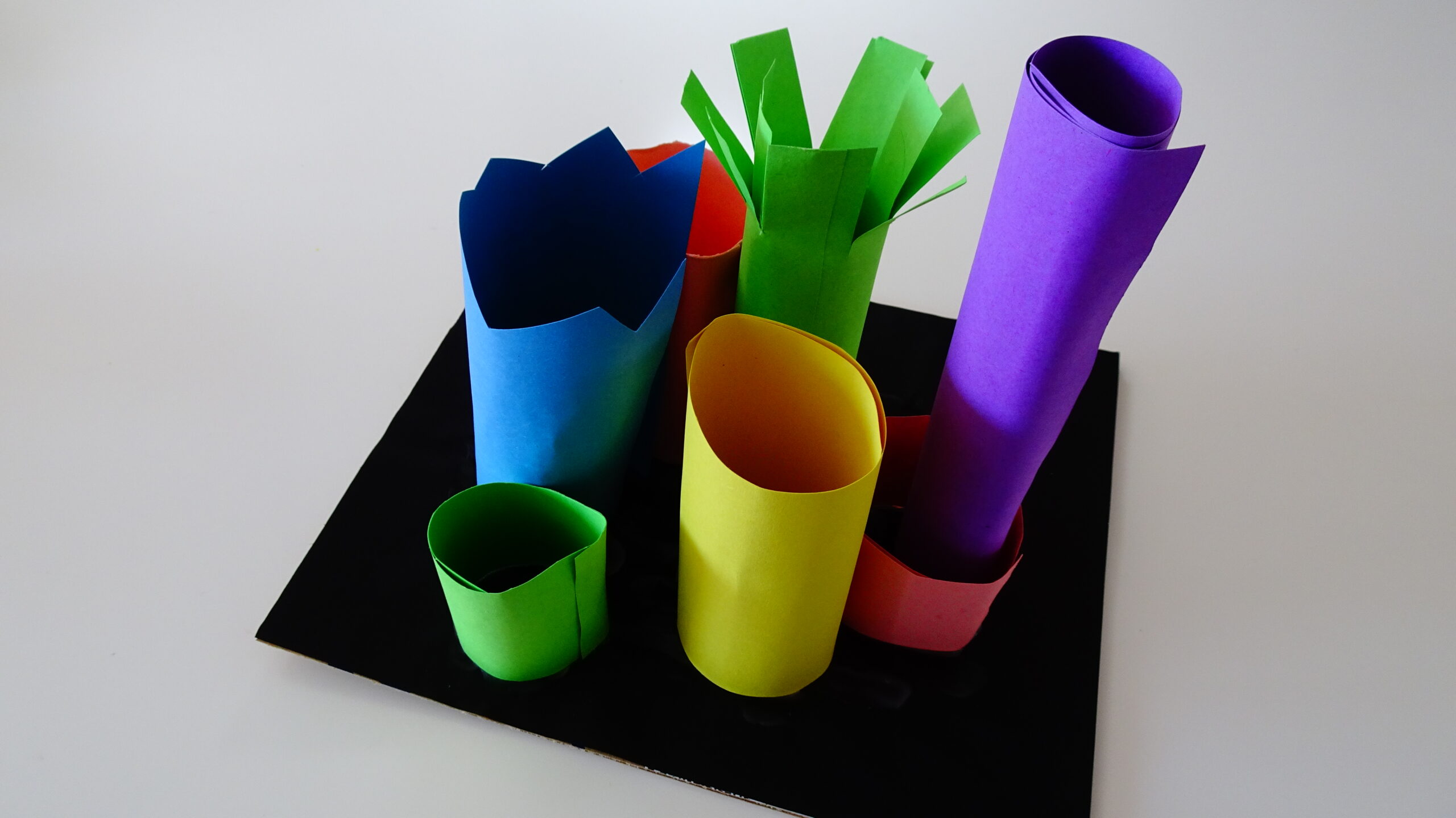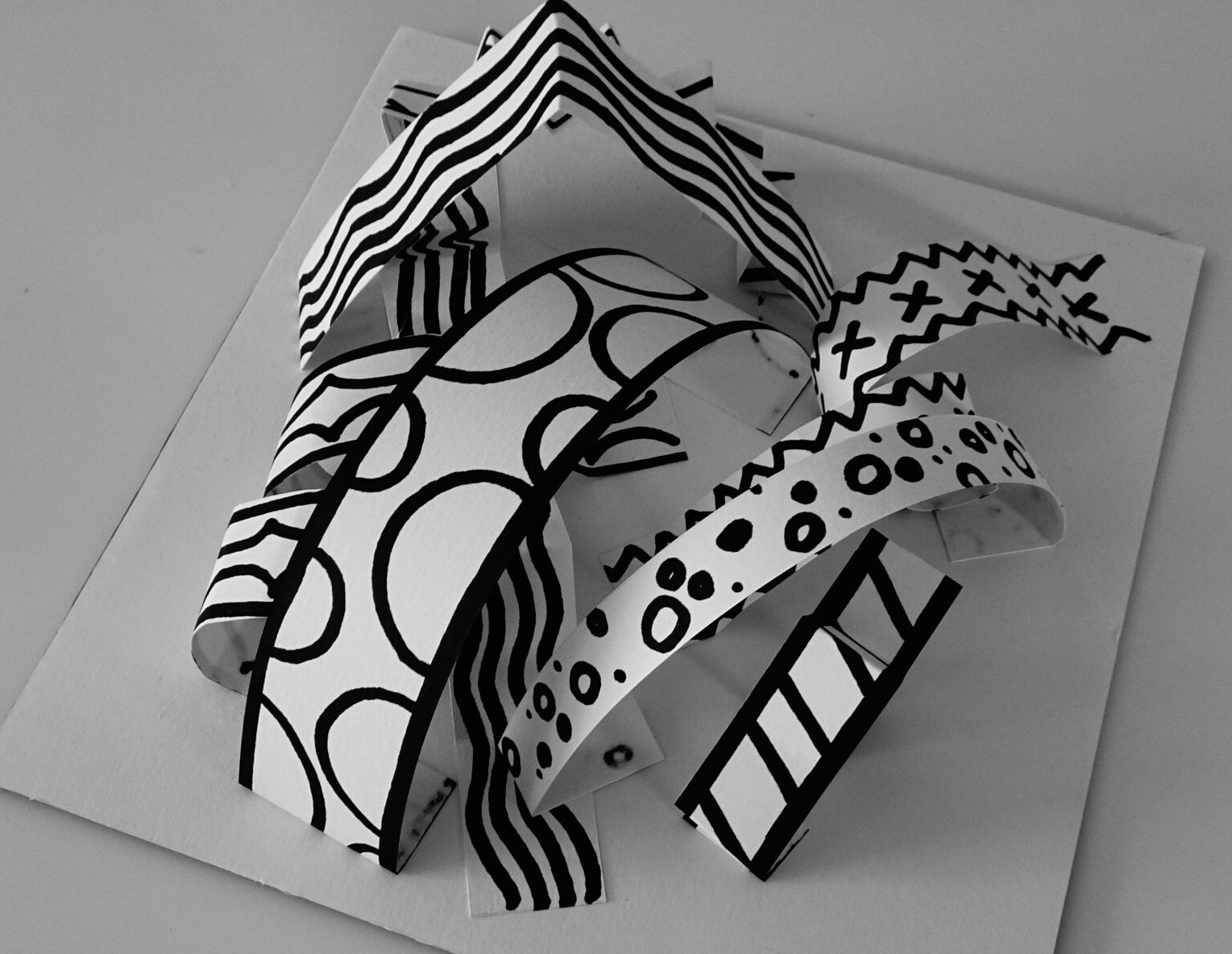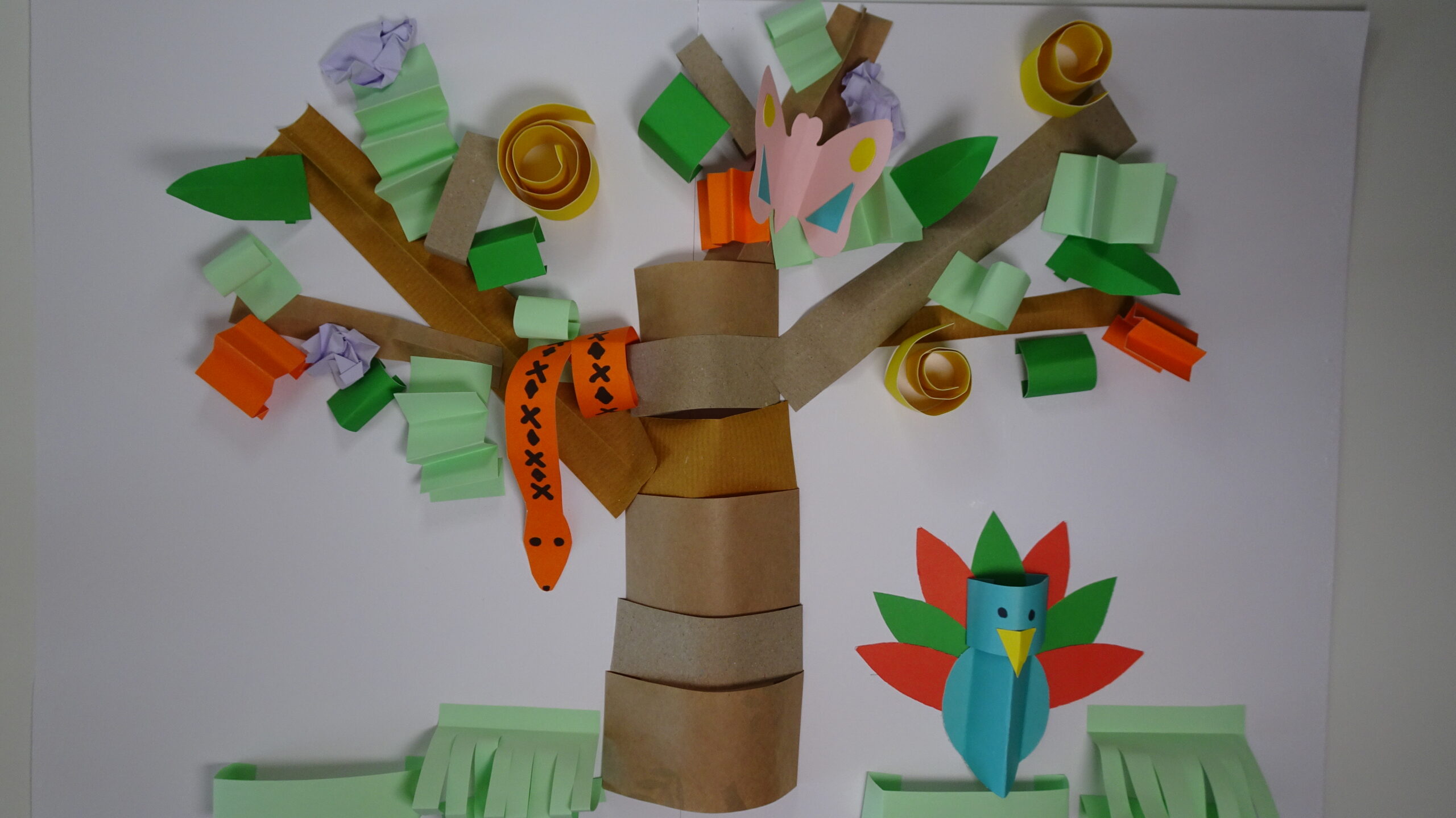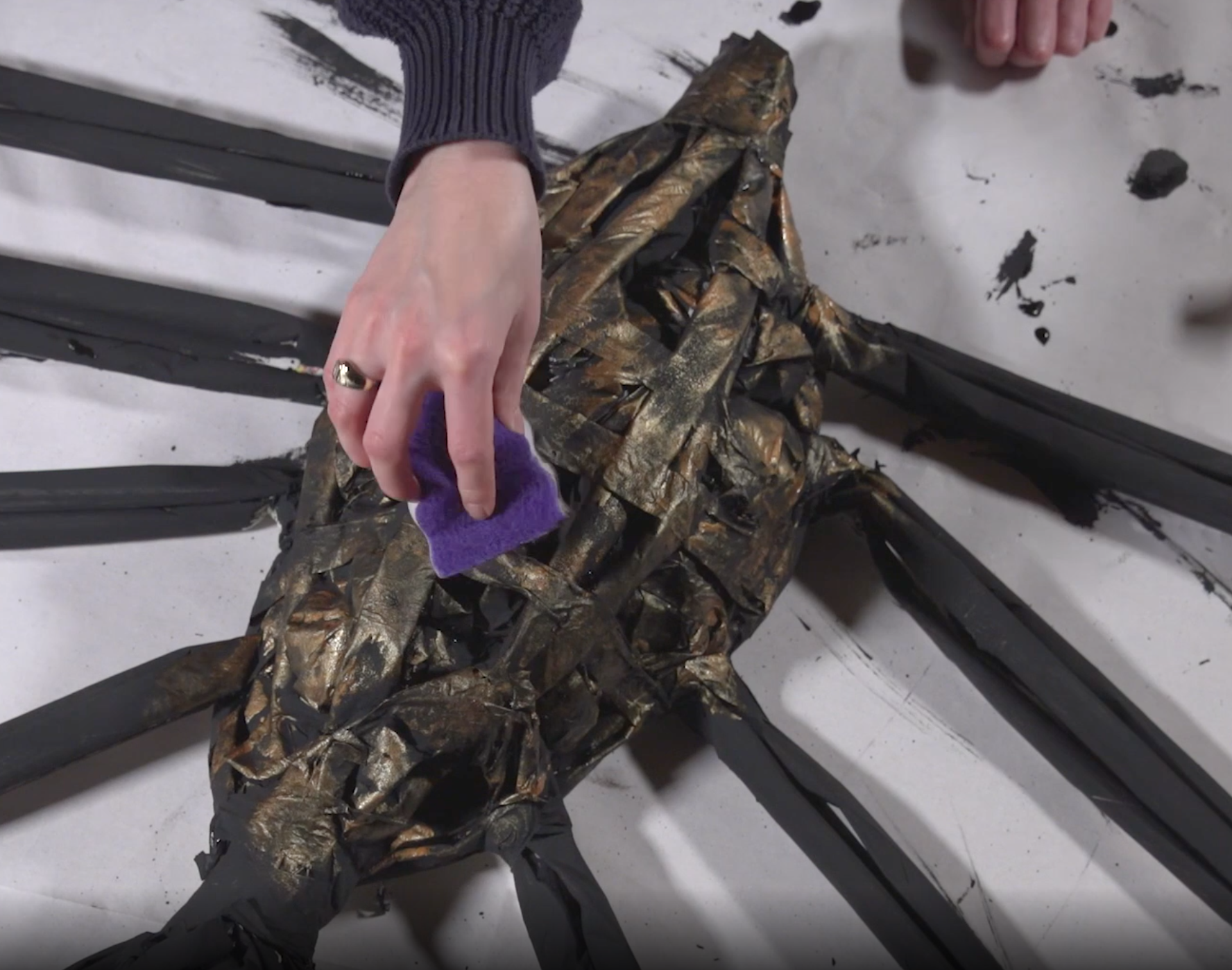Learning intention
- To work collaboratively to plan and create a sculpture.
Success criteria
- I can work cooperatively.
- I can create different parts
This content is for subscribers only. Join for access today.
Cambridge Primary Art & Design (0067) Learning objectives
Experiencing
E.01 Encounter, sense, experiment
This content is for subscribers only. Join for access today.
Before the lesson
This content is for subscribers only. Join for access today.
Lesson plan
Recap and recall
Show the Presentation: Fact tennis. Working in pairs, learners take turns to say a new fact about creating a 3D tree of life sculpture. Ask learners to think about the techniques they used. Take feedback and discuss learners’ ideas. Answers could include: Techniques such as rolling, folding, scrunching and cutting paper.
This content is for subscribers only. Join for access today.
Extended-mode explainer videos
How to extend your display to view the lesson page and preseantion mode simultaneously. Choose your operating system below to watch the video
If you need further support with extending your display,
please contact [email protected].
Differentiation
Learners needing support:
- Could receive support to roll the paper tightly.
- Should talk about what they know about spiders’ features when working on their parts of the sculpture.
Learners working at a stretch:
- Should arrange the paper tubes to make the model stronger and more even.
- Could make suggestions about additional elements to add to the class sculpture.
This content is for subscribers only. Join for access today.
Assessing progress and understanding
Learners with secure understanding can:
- Work successfully with others to create a final
This content is for subscribers only. Join for access today.
Vocabulary definitions
-
Vocabulary for this lesson has been introduced in lessons 1 - 3.
This content is for subscribers only. Join for access today.
In this unit
Lesson 1: Tube towers
Lesson 2: 3D drawings
Lesson 3: Tree of life
Lesson 4: Creating a giant spider model
Lesson 5: Painting a giant spider





